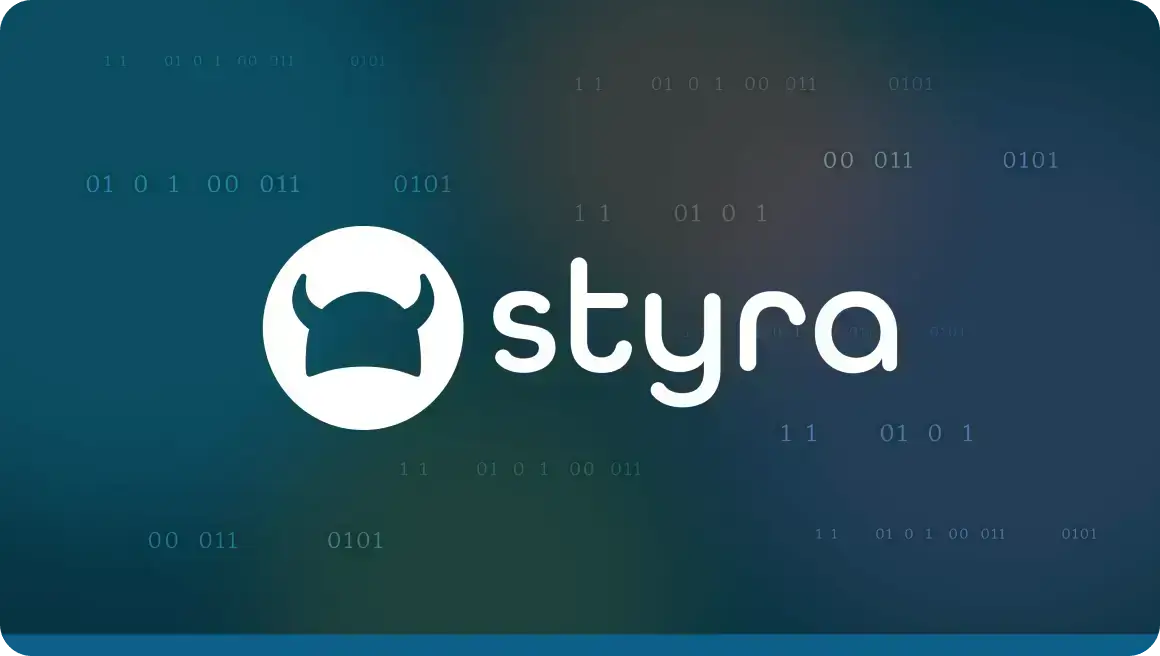What Is API Security?

Eric Kao
Application programming interface (API) security refers to the practice of preventing or mitigating malicious attacks on APIs, which are the building blocks of modern software — from mobile apps to web services and cloud-based solutions.
APIs are vulnerable to threats ranging from unauthorized access to denial-of-service attacks. These risks make it essential to understand API security to protect today’s digital organizations.
What is an application programming interface?
An application programming interface is a set of rules and protocols that allows different applications to communicate and work together seamlessly. Organizations frequently leverage APIs to share and manage data both internally and externally.
Six out of 10 developers report that investing in API economy is a priority for their organization’s strategy, per the State of APIs report. The API economy represents the growing ecosystem of businesses and developers leveraging APIs to:
- Facilitate interoperability for creating new and more efficient solutions
- Generate revenue by offering APIs as products or services
- Enable access to third-party services and data to promote innovation
As the API economy grows, so do the associated security risks. Each API represents a potential entry point for attackers. If these entry points are not properly secured, they can be exploited by malicious parties.
API security: Definition and use cases
Protecting APIs in cybersecurity refers to the practices and protocols that safeguard APIs from unauthorized access, data breaches and other cyber threats. API security includes implementing authentication and authorization checks to improve access controls.
A range of API security tools can avoid or reduce the following risks:
- Unauthorized entry: Without proper authorization mechanisms in place, attackers can access APIs to steal or manipulate sensitive data.
- Weak IAM tools: Inadequate identity and access management (IAM) methods, such as lack of multi-factor authentication, leave APIs vulnerable to brute force attacks or credential theft.
- Broken authentication: Poorly implemented authentication and session management result in vulnerabilities like session fixation, hijacking or token leakage.
- Injection attacks: APIs that do not properly validate input data are susceptible to injection attacks, such as SQL injection. These attacks increase the likelihood of data manipulation or the execution of malicious code.
- Insecure direct object references (IDOR): Attackers exploit flaws in API design to manipulate input data, such as URL parameters, to gain unauthorized access.
- Mass assignment: Insecure API implementations may allow attackers to use specially crafted payloads that interfere with the APIs normal functioning through the manipulate of server-side variables. This manipulation leads to unauthorized modifications of data and poses a security risk to the application.
- Security misconfigurations: Improperly configured APIs or server settings can lead to vulnerabilities such as default credentials or exposure to a downgrade attack.
- Insecure file uploads: APIs that handle file uploads without proper validation and security checks act as a gateway to malware or other malicious activities.
- Third-party risks: Integrating third-party APIs without thorough security assessments can expose your application to vulnerabilities in those external services.
- Denial-of-service (DoS) attacks: Attackers exploit vulnerabilities in APIs to request a massive amount of processing in a short period of time. These attacks slow down or crash the applications.
Why API security is important?
API security is crucial because APIs are the entry points that allow different software systems to communicate and exchange data. If these interfaces are not adequately secured, they can become vulnerable points for malicious actors to exploit.
Here are the five top benefits of web API security:
-
- Protection against data breaches: Unauthorized access or data breaches result in hefty financial consequences. To give an idea, the global average data breach cost amounted to $4.45 million in 2022, per IBM. API security protocols like HTTPS encrypt data in transit, making it difficult for unauthorized parties to intercept sensitive information.
- Controlled access to resources: API authorization principles, such as zero trust and least privilege, ensure that only sanctioned users access specific resources or perform certain actions. These practices help to implement fine-grained access controls to maintain the security and integrity of resources.
- Compliance with industry regulations: Many industries have strict regulations and compliance requirements regarding data privacy and security such as the GDPR. According to GlobalScape, businesses lose about $4 million in revenue due to a single compliance violation. API security solutions typically include logging capability that helps to demonstrate compliance by providing an audit trail of who accessed what data and when.
- Maintenance of business continuity: Lack of API protection can result in downtime, leading to revenue loss and damage to an organization’s reputation. Robust web API security helps maintain business continuity by protecting against security threats, ensuring the availability of critical services and facilitating rapid response.
- Innovation of new products: By providing a secure framework for integrating with external partners and third-party developers, API security encourages collaboration.
API security best practices
Secure your APIs by following our API security checklist:
1. Identify vulnerabilities
By proactively identifying vulnerabilities, you can address potential weaknesses before they are exploited. Begin by conducting a comprehensive security assessment of your API, including:
- Code reviews
- Penetration testing
- Security scanning tools
- Vulnerability assessments
The aim is to systematically evaluate the API’s design, code, configurations and dependencies for potential security issues.
2. Adopt zero trust approach
The zero trust philosophy involves not trusting any interaction, request or access attempt within the network, regardless of its source. The core idea is to eliminate the assumption that entities inside your network are automatically trustworthy. Instead, trust is continuously assessed based on factors such as user identity, device health and context.
Zero trust helps you ensure:
- APIs always authenticate users and applications
- Users only have access control to APIs necessary for their specific roles
- Network traffic is closely monitored to detect anomalies
3. Leverage open standards
Standards such as OAuth2 and OpenID Connect (OIDC) allow applications to access resources on behalf of users without exposing their credentials. OAuth2 eliminates the need for applications to store user credentials, reducing the risk of credential theft. Instead, they use access tokens, which are less sensitive and have limited scope.
While OAuth2 and OIDC provide the identity information for authorization, they can be used with Open Policy Agent (OPA) to implement fine-grained authorization for API security.
4. Use API gateway
This API security best practice employs an intermediary component that serves as the entry point for external clients (e.g., mobile apps and web applications) to access your APIs. Instead of directly accessing individual APIs, clients send their requests to the API gateway.
The gateways act as a protective shield, reducing the risk of attacks on backend services. You can integrate Apigee, Okta and OPA to set up a microservice environment with:
- Apigee as the API gateway
- Okta as the manager of end-user authentication
- OPA as the authorization decision-maker
Request a demo to see how you can boost your API security with Styra.



